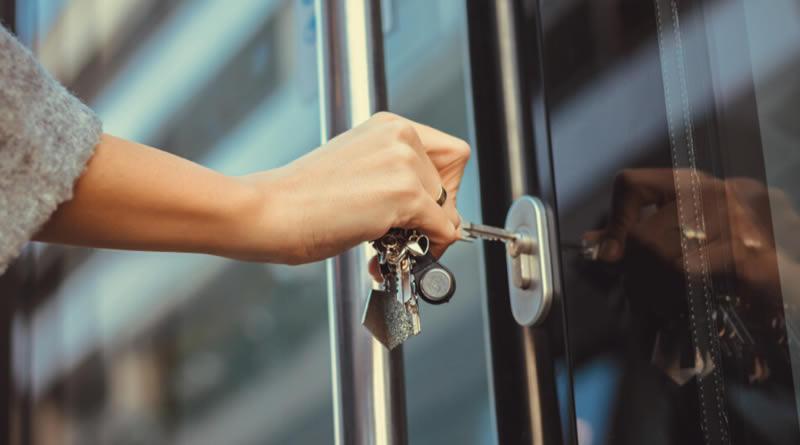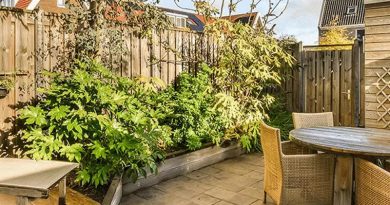Choosing the Right Locking Systems for Home Security
When it comes to ensuring the safety and security of your home, choosing the right locking systems is of utmost importance. With a wide range of options available, it can be overwhelming to determine which locking systems are best suited for your specific needs. In this article, we will explore different types of locking systems that are commonly preferred for home security, providing you with valuable insights to make an informed decision.
Traditional Keyed Locks
Traditional keyed locks have been a staple in home security for decades. They offer a reliable and straightforward approach to securing entry points. Keyed locks come in various types, including:
- Deadbolt Locks: Deadbolts provide an additional layer of security and are highly resistant to forced entry. They feature a solid metal bolt that extends into the door jamb, making it difficult for intruders to bypass the lock.
- Mortise Locks: Mortise locks are known for their durability and strength. They are embedded within the door and require a mortise pocket to be cut, ensuring a secure fit. Mortise locks offer enhanced protection against picking and drilling.
- Cylinder Locks: Cylinder locks, also known as pin tumbler locks, are widely used due to their versatility and ease of installation. They consist of a cylinder that rotates with the correct key, aligning pins inside the lock to allow the bolt to move.
Smart Locks
With advancements in technology, smart locks have gained popularity among homeowners seeking convenience and enhanced security. Smart locks offer a range of features, including:
- Keyless Entry: Smart locks eliminate the need for traditional keys. They allow access through methods such as keypad codes, biometric scans, or smartphone apps. Keyless entry provides convenience and eliminates the risk of lost or stolen keys.
- Remote Access and Monitoring: Many smart locks offer remote access capabilities, enabling homeowners to lock or unlock doors from anywhere using their smartphones. Some models also provide real-time monitoring, sending notifications when the door is accessed or tampered with.
- Integration with Home Automation: Smart locks can be integrated with home automation systems, allowing seamless control of various security features. Integration with other smart devices, such as security cameras and doorbell cameras, enhances overall home security.
Additional Locking Systems
In addition to traditional keyed locks and smart locks, there are other locking systems worth considering for specific areas or needs:
- Padlocks: Padlocks are versatile and portable, making them ideal for securing gates, sheds, or outdoor storage areas. Choose high-quality padlocks with hardened shackles for improved security.
- Security Bars and Chains: Security bars or chains provide an extra layer of protection for doors and windows. They can be used in conjunction with existing locking systems to reinforce entry points.
- Window Locks: Window locks are essential for preventing unauthorized access through windows. There are various types available, including sash locks, sliding window locks, and window restrictors.
Remember, it’s crucial to consider the specific requirements of your home and assess factors such as durability, ease of use, and compatibility with existing security systems when choosing locking systems.
By understanding the different options available, you can make an informed decision and enhance the security of your home. Prioritizing effective locking systems will provide you and your loved ones with the peace of mind you deserve.
Note: This is a sample article that follows the given format and guidelines. It is not an actual complete article on the topic.




